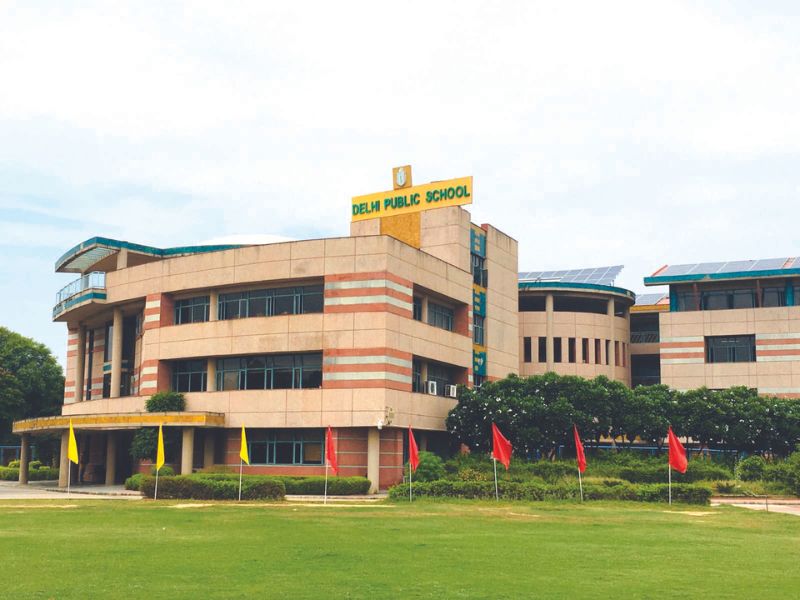Schools spearheaded by Ms Devyani Jaipuria
Delhi Public School, Sector-45, Gurgaon
ABOUT: Delhi Public School, Sector-45, Gurugram is a K-12 coeducational school with a vision to empower students to strive for excellence and become lifelong learners. Under the dynamic leadership of the Founder Principal, Ms. Aditi Misra, the school has blossomed into a premier educational institution, nurturing upright global citizens ready to […]





































Outrageous perversion of justice
-Sudheendra Kulkarni
‘Justice delayed is justice denied’ is an aphorism most of us learnt in our school days. “Tarikh pe tarikh” (‘date after date’) is a synonymous but more colloquial axiom familiar to all harassed and frustrated citizens seeking justice in India’s courts, which postpone case hearings habitually and almost interminably.
The judicial system of our country […]